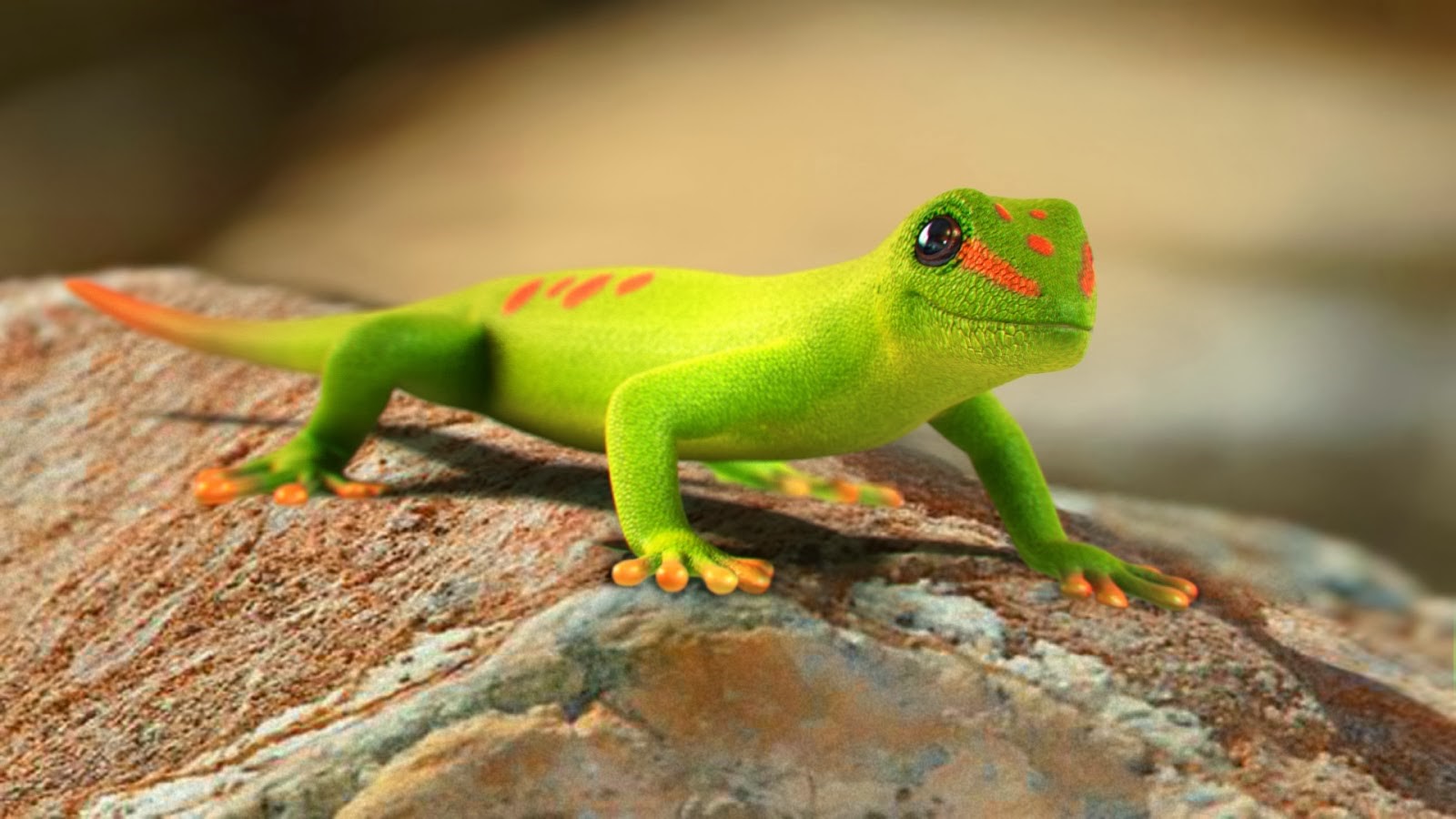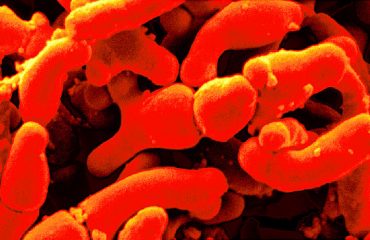We’ve all heard the expression, “Grow a spine!” but the gecko is one of a few species of lizard that can actually do so. Once attacked by a predator, who usually grabs them by the tail, geckos writhe free by jettisoning their mangled appendage and scampering away. They leave predators empty-handed and distracted with nothing but a twitching tail as a remembrance. The injured gecko then begins the process of regrowing its missing tail -which includes part of its spinal cord- in 30 days.
Consequently, geckos, salamanders and other lizards are frequently studied for their ability to heal their wounds. Of course, starfish are also known to regenerate limbs but the gecko is a medical marvel at it.
Canadian scientists from the University of Guelph found that the gecko tail contains specific stem cells that rapidly multiply releasing proteins in response to injury. These proteins generate a new spinal cord. Study results were published in the Journal of Comparative Neurology.
Unfortunately, human beings are less resilient when it comes to a spinal cord injury. Once an injury occurs, the body makes scar tissue to seal the wound. That sealing prevents regeneration, according to Canadian scientists, who believe the gecko and its stem cells may hold the missing ingredient of the recipe for successful neural tissue regeneration. Since geckos don’t make scar tissue their cells are free to regrow their tails. Scientists believe their discoveries could lead to new treatments for spinal cord injuries in people.
Worldwide there are between 250,000 to 500,000 people who suffer from spinal cord injuries. Every year in the U.S., there are 17,000 spinal cord injuries reported, most related to vehicle accidents or falls. Men account for 80% of those who are injured.
No effective treatments exist; however, clinical trials abound. Neuromodulation developed by Professor Reggie Edgerton from the University of California, Los Angeles, has helped 20 paralyzed people move their limbs again. His treatment involves using electrical currents to stimulate the spinal cord below the point of injury, enabling the spinal cord to reestablish communications with the brain, reactivating sensory perception.
Nevertheless, when it comes to regenerative medicine, stem cells show the greatest promise. The gecko spinal cord study is part of a larger effort to understand all of the regenerative properties of the gecko’s central nervous system. The next step for the Canadian research team will be to discover just how the gecko regrows brain cells. Could new therapies for Parkinson’s disease or dementia be far behind?
Strategic Communications Professional/Content Strategist/Marketing Communications Consultant





